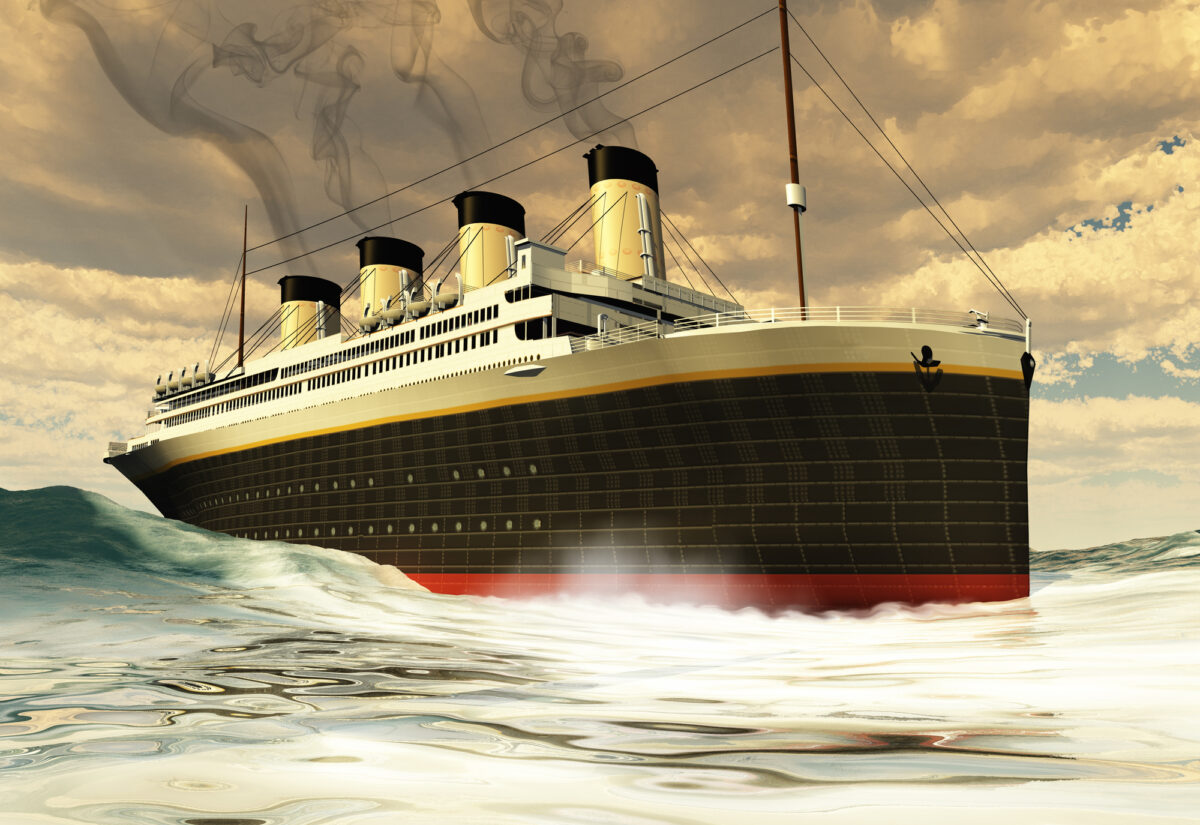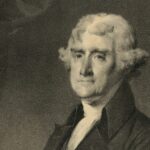Incredible Historical Coincidences Too Perfect To Believe
- Jennifer Still
- April 30, 2025
 Getty Images/iStockphoto
Getty Images/iStockphotoHistory is full of strange twists, but every so often, it throws up coincidences so uncanny they sound made up. These aren’t just curious overlaps—they’re moments when timing, people, and events align in a way that feels almost scripted. Some of them are barely believable even after multiple fact-checks. Others remain lodged in the public imagination because they touch on something deeper—about fate, randomness, or the way lives seem to echo one another across time.
Whether they’re poetic, chilling, or outright unbelievable, these historical coincidences have stood the test of time. Sometimes the truth really is stranger than fiction. Here are some incredible examples that defy explanation and continue to fascinate to this day.
1. The Hoover Dam and the first and last deaths
Construction on the Hoover Dam began in the early 1930s, but its history of loss began even earlier. The first person associated with the project to die was a man named J.G. Tierney, who drowned during a preliminary survey on 20 December 1922. It was a tragic start to a mammoth engineering undertaking, but no one could have predicted the eerie twist that would follow.
Exactly thirteen years to the day later, on 20 December 1935, the final fatality during the dam’s construction was recorded—and it was Patrick Tierney, J.G. Tierney’s own son. The odds of two deaths falling on the same date, involving the same family, are astronomical. It’s a sombre and oddly symmetrical bookend to one of the most ambitious public works projects in American history.
2. The duel that happened twice
In 1858, U.S. Senator David Broderick was killed in a duel with California’s Chief Justice David Terry over political differences. It was the kind of deadly personal conflict that was all too common in 19th-century American politics. But that wasn’t the end of the story.
Almost exactly 25 years later, Terry met his own end in dramatic fashion. This time, he was killed during an altercation with a U.S. Marshal. The officer who fired the fatal shot was working under Justice Stephen Field—ironically, the very man who had presided over the legal case involving Broderick’s earlier death. The entire cycle of violence and justice seemed to echo itself, almost as if history were repeating out of obligation.
3. The book that predicted the Titanic
In 1898, author Morgan Robertson wrote a novella called Futility, later retitled The Wreck of the Titan. It featured a massive passenger ship called the Titan—deemed unsinkable—that strikes an iceberg in the North Atlantic and sinks. The tragedy in the book occurs because there aren’t enough lifeboats, and many people die. At the time, the story was seen as an adventurous, if dark, bit of maritime fiction.
Then, in 1912, the RMS Titanic—also described as unsinkable—met an uncannily similar fate. The parallels between fact and fiction are staggering: both ships were roughly the same size, sank in April, hit icebergs, and lacked enough lifeboats. While the story wasn’t an exact prediction, its details were close enough that people still cite it as one of the most unsettling literary coincidences in history.
4. The twins who lived identical lives
In Ohio, a pair of identical twins were separated at birth and adopted by different families, neither of whom knew the other had adopted a twin. Yet as they grew up, their lives took on remarkably similar trajectories. Both were named James by their respective families, both became police officers, and both married women named Linda. They each had a son—both named James Allan or Allen.
Later in life, both men divorced and married women named Betty. When they were finally reunited, the number of overlapping details was so unusual that psychologists and behavioural scientists took notice. Their story remains one of the most famous cases used to explore questions around genetics versus environment, and whether personality—and fate—can be inherited.
5. The assassination coincidences between Lincoln and Kennedy
The parallels between Abraham Lincoln and John F. Kennedy are some of the most cited coincidences in American history. Lincoln was elected to Congress in 1846; Kennedy in 1946. Lincoln became president in 1860; Kennedy in 1960. Both were assassinated on a Friday by a gunshot to the head. Each was succeeded by a Vice President named Johnson.
Lincoln’s secretary was reportedly named Kennedy, and Kennedy’s secretary was named Lincoln. While some of these details are exaggerated or disputed, many hold up to scrutiny. The coincidences have been the subject of books, conspiracy theories, and countless articles, making them one of the most enduring examples of historical synchronicity.
6. The man who survived two atomic bombs
Tsutomu Yamaguchi was in Hiroshima on 6 August 1945 when the first atomic bomb was dropped. He survived the blast, though he was seriously injured. He returned to his hometown of Nagasaki to recover—just in time for the second bomb to fall on 9 August. Once again, he survived.
Yamaguchi lived into his 90s and spent many of his later years speaking out against nuclear weapons. In 2009, the Japanese government formally recognised him as the only person officially confirmed to have survived both atomic bombings. His story, harrowing and heroic in equal measure, is a unique and deeply human footnote to one of the darkest chapters in modern history.
7. The cars that found each other again
In the 1970s, two brothers in Finland unknowingly ended up owning the same car—at different times. The first brother had sold the car years earlier. Later, his sibling bought a used car, only to discover through paperwork that it had once belonged to his brother.
The coincidence is remarkable not just because of the odds involved, but because it unfolded completely by accident. With thousands of used cars circulating in Finland at the time, the likelihood of two relatives unknowingly buying the same vehicle years apart defies easy explanation. Yet somehow, that’s exactly what happened.
8. The bullet that waited years
During World War I’s Gallipoli campaign, a British soldier was shot in the chest—but survived, thanks to a cigarette case in his pocket that absorbed the impact. He kept the damaged case as a reminder of his close call and carried it with him even after the war.
Years later, during a skirmish in another conflict, the same man was again shot in the chest—and again, the same battered cigarette case stopped the bullet. What are the chances of one item saving a life twice under nearly identical circumstances? It’s an unbelievable tale of luck, timing, and perhaps a touch of destiny.
9. The baby who floated into destiny
In 1889, a man named Joseph Figlock was walking through Detroit when a baby fell from a fourth-storey window directly onto him. Miraculously, both the baby and Figlock survived the incident with only minor injuries. The event was reported in local papers as a freak accident.
Then, incredibly, the exact same thing happened a year later—another baby fell from a window and landed on Figlock in nearly identical circumstances. Once again, both survived. Figlock became a minor legend in Detroit, and to this day, the story is held up as one of the most astonishingly specific recurring coincidences in recorded history.
10. Mark Twain and Halley’s Comet
Mark Twain was born in 1835, the same year Halley’s Comet made one of its scheduled appearances. As he grew older, Twain reportedly claimed that he would die when the comet returned, predicting it would be his celestial bookend. He wasn’t far off.
In April 1910, the comet returned—and Twain died the next day. He even wrote about the coincidence in his later years, noting how poetic and inevitable it felt. For those who like neat endings and cosmic timing, it’s hard to top Twain’s exit from the world.



